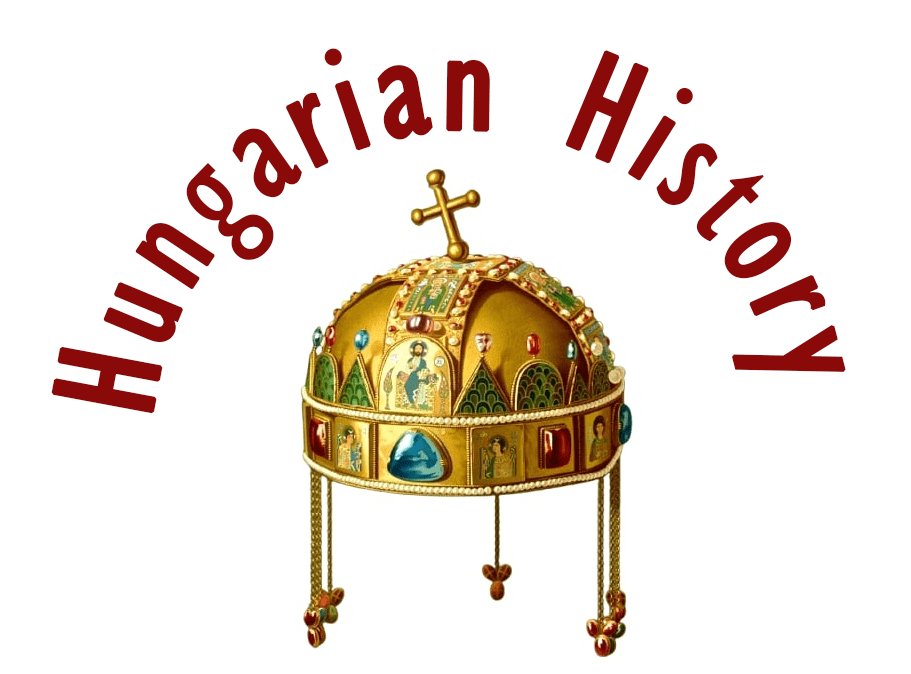
The village of Palocsa (Plaveč, Pławiec, Plautsch) is in Slovakia, it is situated along the main road 68 winding along the Poprád River valley, 20 km southeast of Ólubló. The ruins of the castle of Palocsa stand on a steep-sided hilltop in a hilly area directly above the bridge over the river. The settlement may have existed as early as the 12th century, when the Hungarian King Kálmán settled border villages in the area, and it was first mentioned in written sources in 1269 when King Béla IV granted the village of Nádasd and the associated settlements of Palocsa and Zsigra to the knight Bohumír.

The castle was built in the second half of the 13th century by Szepesi Detre’s son Arnold, the ancestor of the Sváby family, to control the Kassa-Eperjes road and the Tarca and Poprád valleys, and to protect the Hungarian-Polish border. The first mention of it dates back to 1294 when King András III redeemed it from him. In 1317, King Károly Róbert I granted it to Drugeth Fülöp, and in 1327 it was given to Drugeth Vilmos. On his death in 1342, it reverted to the crown and became a royal castle belonging to the County of Sáros. Between 1387 and 1390 it was given to Bebek György by King Zsigmond.

After 1440, the castle in the hands of the Bebek family was occupied by the Bohemian mercenaries of Johannes Giskra. In 1449 and 1453 it was in the hands of Komorowski Péter, who gave it as a pledge to the Hussite mercenary captain Axamit Péter in 1455. In the spring of 1462, one of the leaders of the war against the Hussites, Szapolyai Imre, was already in Palocsa, but we do not know how the Hussites were driven out of the castle.

In 1462, King Matthias donated the castle to the Szapolya family. In 1505, the castle was acquired from the Szapolyai in exchange for the castle of Árva by Lomnicai Horvát Mihály, the castle’s fortress keeper. From then on, Palocsa Castle was theirs until its destruction.

During the Thököly Kuruc Uprising against the Habsburgs, between 1678 and 1684, Palocsa was occupied several times by both sides. Imperial soldiers were stationed there in the 1690s.

In the autumn of 1703, after the outbreak of the Rákóczi War of Independence, Palocsai Mihály hired Kuruc guards for the castles of Palocsa and Nedec, for which he was rewarded by Rákóczi, who appointed him captain of the castle of Palocsa and the border fortress and placed him under the command of Berthóti Ferenc. At the end of 1707, at the persuasion of the Greek Catholic bishop Hodermarszky János József, Palocsai Mihály converted to the allegiance of the Emperor and fled to Silesia.

On 28 January 1708, Prince Rákóczi issued a solemn letter of donation in Kassa, in which he gave the property of the defector Palocsai Mihály, including his part of the castle and the town of Palocsa, as well as his villages, lands and other goods in the Sáros county, to his faithful servant Palocsai György. In November 1710, however, the fortress was definitely in the hands of the imperial soldiers.

In the 1830s, Palocsai Horvát Ferenc had it converted into a neoclassical castle, but due to the unprofessional construction work, the building was practically uninhabitable. In 1856, after the buildings of Palocsai Castle burnt down in a fire, the noble family did not consider it worth rebuilding. The castle’s fate was finally sealed when, in 1880, a large part of the crumbling ruin was removed to build the Palocsa brickwork.

Description of the castle:
The earliest part of the castle was a nearly rectangular tower, probably a residential tower, built in the 13th century on the northwestern rocky outcrop of the castle hill.
The castle’s subsequent construction history is largely unknown, but there is some evidence of a Renaissance rebuilding that began in the late 16th century. Parts of the masonry can be seen in the lower part of the ruins visible today.

Reconstruction of the 16th-17th century layout, without research, is not possible without the later major alterations. The gate of the castle was probably on the eastern rampart and faced the gentle slope. It is likely that the outer ramparts on the southwest and southeast sides, the ruins of which can still be seen today, were built during this period.

After the defeat of Rákóczi’s War of Independence, Palocsa was declared a mansion and its owner was not obliged to demolish it. During the major works around 1830, the castle was extended to the east, creating an almost square ground plan, the ruins of which can still be seen today. The north-west corner of the castle was converted into a manor house by incorporating the former residential tower, the north, and east corners were built with circular towers open to the rear, while the U-shaped tower from the 16th century on the south corner of the castle was built into the new building.

The four multi-story wings of the castle were built around the irregularly shaped central courtyard. The whole building was intended to be used as a modern residential building, so large window openings were made in the outer facades as well as in the corner towers.

After the turn of the millennium, minor works were already carried out in the castle area, but the systematic research and conservation of Palocsa Castle started in 2014. In the following years, the conservation of several sections of the walls has been completed. Archaeological research carried out in the summer of 2019 unexpectedly uncovered previously unknown sections of wall, confirming that the castle was once larger. The burial of the excavated wall sections may have taken place during the conversion of Palocsa Castle into a castle.

The results will soon add to the history of the castle’s construction. Thus, the history of Palocsa Castle could be rewritten as they have uncovered the foundations of the former rampart. The excavation proves that the castle’s floor area is tens of square meters larger than previously thought. Community workers are working on cleaning and conserving the defensive wall uncovered during the excavations and on uncovering the foundations of the defense tower.

There is no contemporary drawing or engraving of the castle. However, thanks to Myskovszky Viktor, drawings of the castle survived from the second half of the 19th century, shortly after its destruction. They contain valuable information, including the Renaissance tower, which also determines the maximum height of the castle.

Research and conservation work is still ongoing, but the resources of the current project are being used to save the parts that are still above ground. It is hoped that in the future, the newly discovered sections will be presented and new details will be added to the view of the ruins of the castle.

In 2020, the castle area was well-ordered and clearly visible, with free access beyond the section of the castle under construction. Here is a video of the excavations of Palocsa Castle (in the Hungarian language):
https://www.youtube.com/watch?v=bfe5olIigIQ

The Roman Catholic Church of St. Margaret is in the village, it is a single-nave originally medieval building with a rectangular end of the presbytery and a tower from the 13th century, Around 1330 it was occupied by the parish priest Gregor, whose tithe was confiscated from local parishioners before 1330.

The church was Protestant from 1614-1660. The building underwent modifications in the Renaissance period when a side chapel was added, and in the Baroque period in 1711, when the chapel of the Holy Cross was added, and in 1773, the chapel of the Holy Trinity was added. It underwent neo-Gothic modifications in 1892 and 1901-1903.

Dear Readers, I can only make this content available through small donations or by selling my books or T-shirts:
Please, support me with a coffee here: https://www.buymeacoffee.com/duhoxoxa
You can check out my books "33 Castles, Battles, Legends" and "The Ring of Kékkő Castle" on Amazon or Draft2Digital, they are available in hardcover, paperback, or ebook: https://www.amazon.com/dp/198020490X or at https://books2read.com/b/boYd81

My work can also be followed and supported on Patreon: Become a Patron!http://Become a Patron!
Become a Patron! [wpedon id=”9140″]

https://hungarianottomanwars.myspreadshop.com/all
Here are more pictures of Palocsa Castle:



























